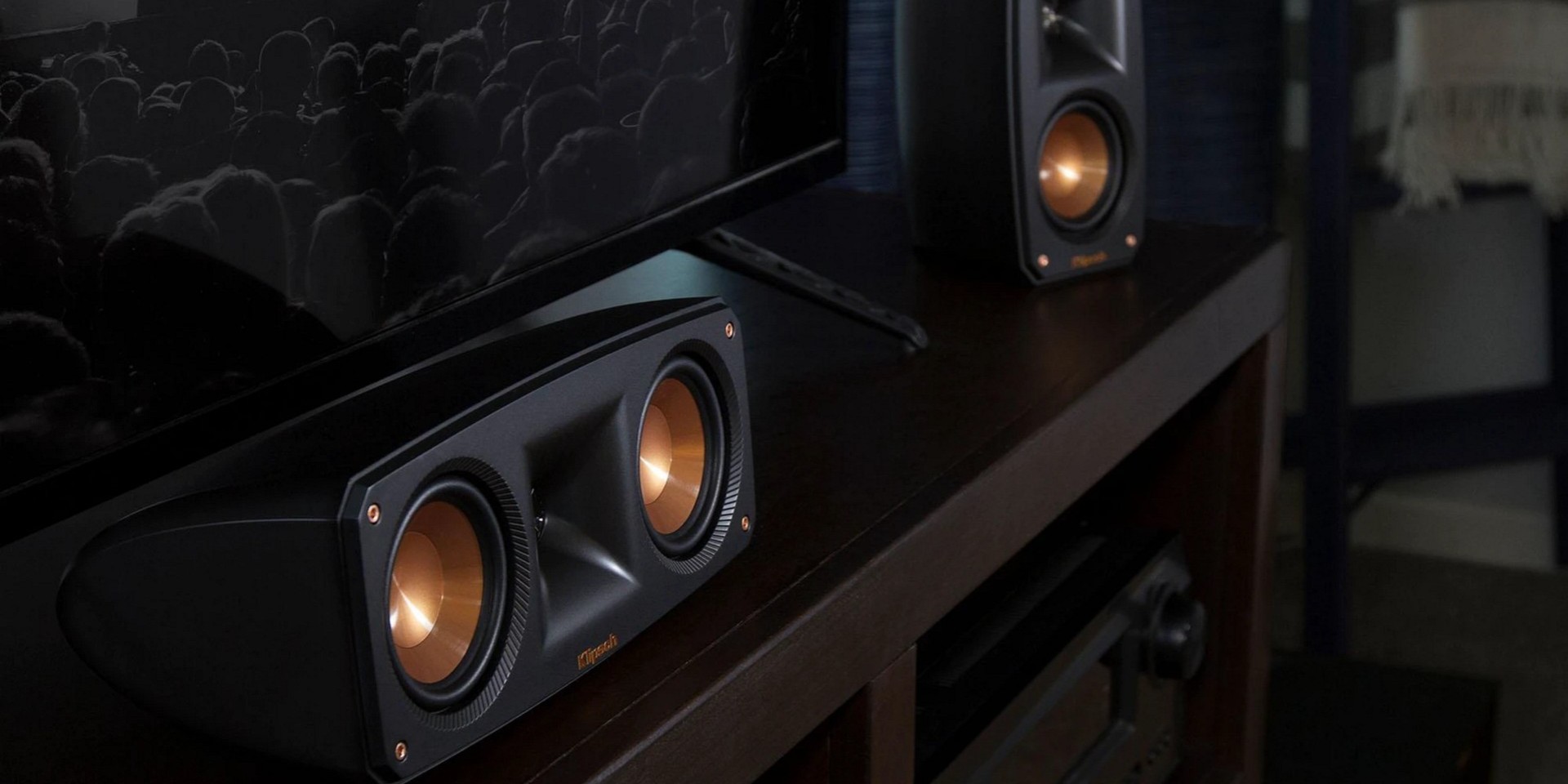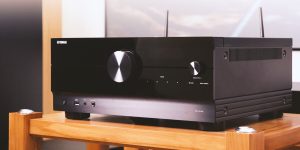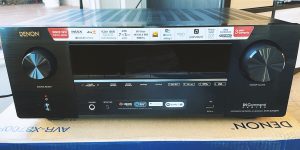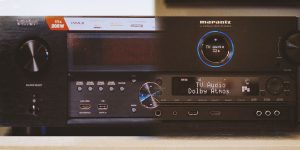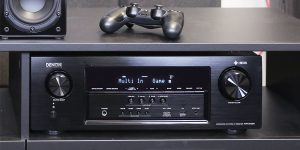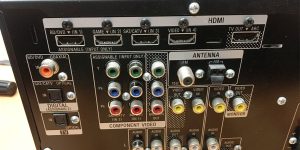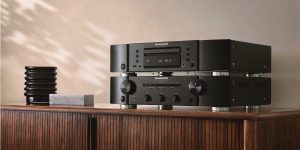Matching the right speakers with the correct receiver is important for getting the most out of your audio system. However, there are a lot of different factors to consider when making this decision, so it can be challenging to know which setup is best for you.
In this post, we’ll outline the basics of speaker and receiver matching and some tips on choosing the right combination for your needs. So whether you’re just starting in audio or you’re looking to upgrade your current system, read on for all you need to know about speaker and receiver matching.
Power handling
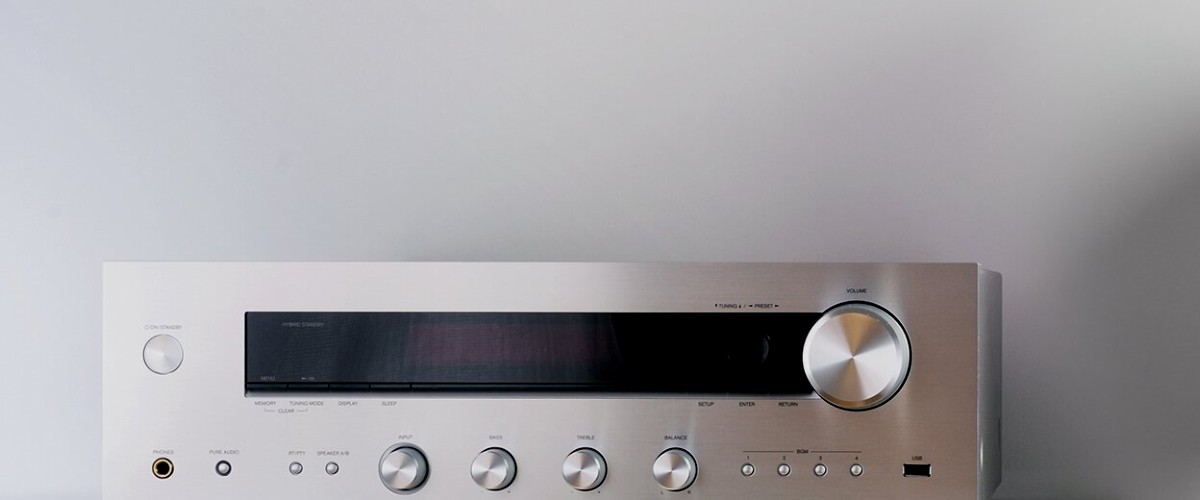
The first thing to consider when matching speakers and receivers is power handling. It refers to the amount of power that a speaker can safely handle from a receiver. It’s important to ensure that your speakers can handle the amount of power your receiver can output, as too much power can damage the speaker. Conversely, if your speaker can handle more power than your receiver can deliver, you won’t get the most out of your system.
To find out the power handling of your speakers, check the specs listed on the product page or in the manual. The specs usually list a “nominal” power rating and a “peak” power rating. The nominal rating is the amount of power the speaker can regularly handle. In contrast, the peak rating is the maximum power the speaker can handle for short periods.
So, for example, a speaker with a nominal power rating of 50 watts and a peak power rating of 200 watts can safely handle 50 watts of power from your receiver regularly and can handle up to 200 watts of power for short periods without being damaged.
Regarding receivers, the power output is usually listed in watts per channel (w/ch). It tells you how much power the receiver can deliver to each individual speaker. For example, a receiver with a power output of 100 w/ch can deliver up to 100 watts of power to each speaker in your system.
As a general rule, it’s best to choose a receiver with a power output of at least twice the nominal power rating of your speakers. So, if you have speakers with a nominal power rating of 50 watts, you should look for a receiver with a power output of at least 100 watts per channel. It will ensure that your receiver can deliver enough power to your speakers without damaging them.
Impedance
Another essential factor to consider when matching speakers and receivers is impedance. Impedance is measured in ohms, which refers to a speaker’s resistance to the current from the receiver. The higher the impedance of a speaker, the more resistant it is to current.
Most receivers have an impedance rating of 8 ohms. It means they can safely deliver current to speakers with an impedance of 8 ohms or higher. However, some receivers are rated at 4 ohms and can deliver current to speakers with an impedance as low as 4 ohms.
If you’re using multiple speakers in your system, it’s important to ensure that all speakers’ total impedance is above the minimum impedance rating of your receiver.
However, if you have four 4-ohm speakers and a receiver with a minimum impedance rating of 4 ohms, then the total impedance of your speaker system would be 16 ohms, which is below the minimum rating of your receiver. Therefore, it could potentially damage your receiver, so it’s essential to ensure that your speaker system impedance is above your receiver’s minimum rating.
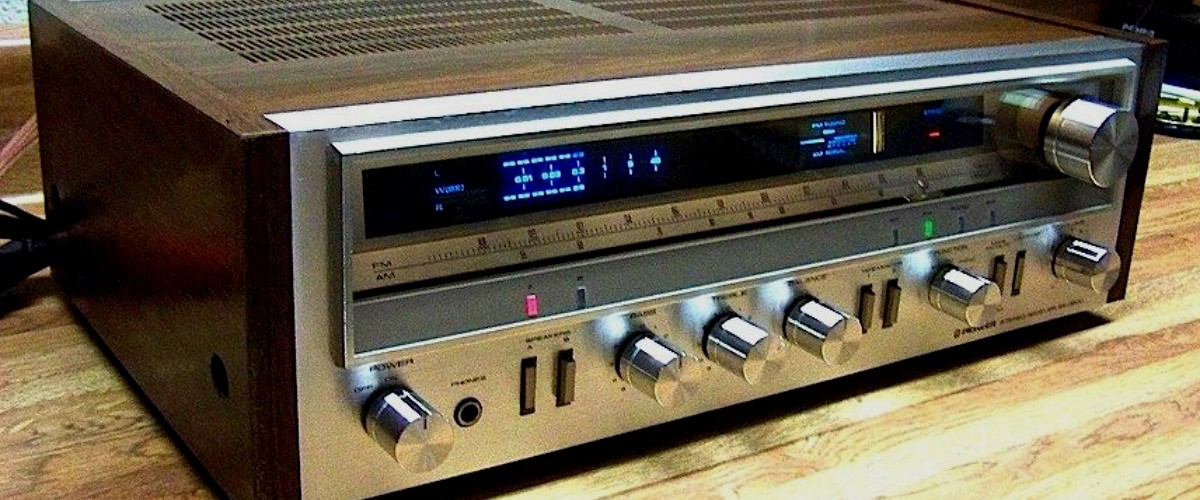
Sensitivity
When choosing speakers, you’ll also want to pay attention to the sensitivity rating. It measures how much sound the speaker produces from a given amount of power. It is typically measured in decibels (dB). The higher the sensitivity rating, the less power the speaker will need to produce the same sound volume as a speaker with a lower rating.
For example, a speaker with a sensitivity rating of 90 dB will require less power than a speaker with a sensitivity rating of 85 dB to produce the same sound volume.
Frequency response
The frequency response is another important factor to consider when choosing speakers. It measures the range of frequencies that a speaker can reproduce accurately. The frequency range is typically listed in Hertz (Hz). For example, a speaker with a frequency response of 50 Hz – 20 kHz can accurately reproduce frequencies between 50 Hz and 20 kHz.
Human beings can hear a broad range of frequencies, from 20 Hz to 20 kHz. Therefore, it’s best to choose speakers with a frequency response that falls within this range. However, some speakers are designed to reproduce a narrower range of frequencies than others.
For example, subwoofers are designed to reproduce the lower frequencies (20 Hz – 200 Hz), while tweeters are designed to reproduce the higher frequencies (2 kHz – 20 kHz).
It’s important to note that the frequency response is not a measure of how loud a speaker can play at a given frequency. Instead, it measures how accurately the speaker can reproduce sound at a given frequency.
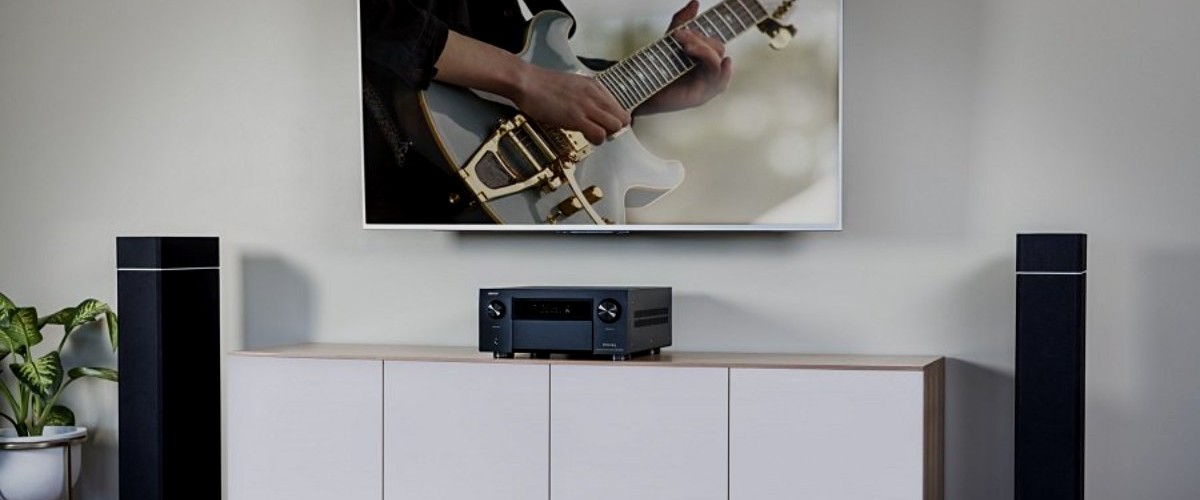
How to choose the right combination for your needs
Now that you know the basics of speaker and receiver matching, here are some tips to help you choose the right combination for your needs:
- Start by determining the impedance, sensitivity, power handling, and frequency response of the speakers you want to use. This information should be available in the product specifications.
- Once you have this information, narrow down your choices by looking for receivers designed to work with speakers with similar specs.
- If you’re using multiple speakers, ensure they all have the same impedance. It will ensure they receive the same amount of power from the receiver.
- Once you’ve narrowed down your choices, listen to each receiver and speaker combination to see which sounds best to you.
The bottom line
As a general rule, it’s best to choose a receiver that can deliver at least twice the power of your speakers.
For example, if you have speakers with a nominal power rating of 50 watts, you should look for a receiver with a power output of at least 100 watts.
Besides, you’ll want to choose speakers with an impedance that is compatible with your receiver and a sensitivity rating that is high enough for your needs. However, there are some exceptions to this rule.
